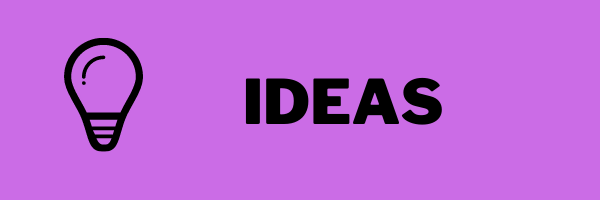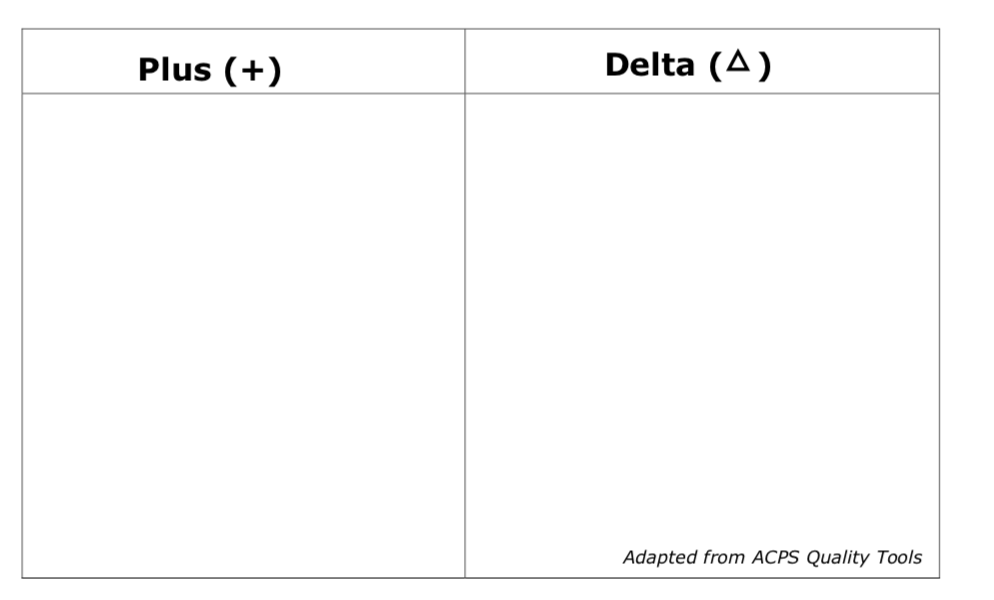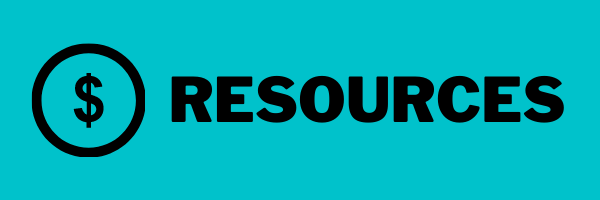Communities Make a Difference
By: Alyssa Bellers
By: Alyssa Bellers
Project at a Glance :
This project is for a 9th grade ELA class reading To Kill a Mockingbird. It explores how different communities help each other and allows the chance for the class to partner with a community program and help them address a local problem. Additionally, the project focuses on a variety of English standards including reading, writing, and speaking standards. This unit is roughly 8 weeks.
Driving Question:
How can we meet a need of someone in our community?
|
Standards:
Entry Event:
|
Stakeholders:
|
Incubation:
|
|
Solution Building:
|
Authentic Audience:
|
Click here to view the teacher's full plan.
Reflection and Feedback:
|













